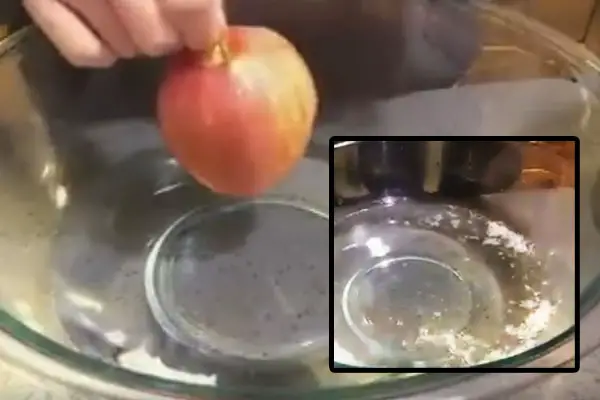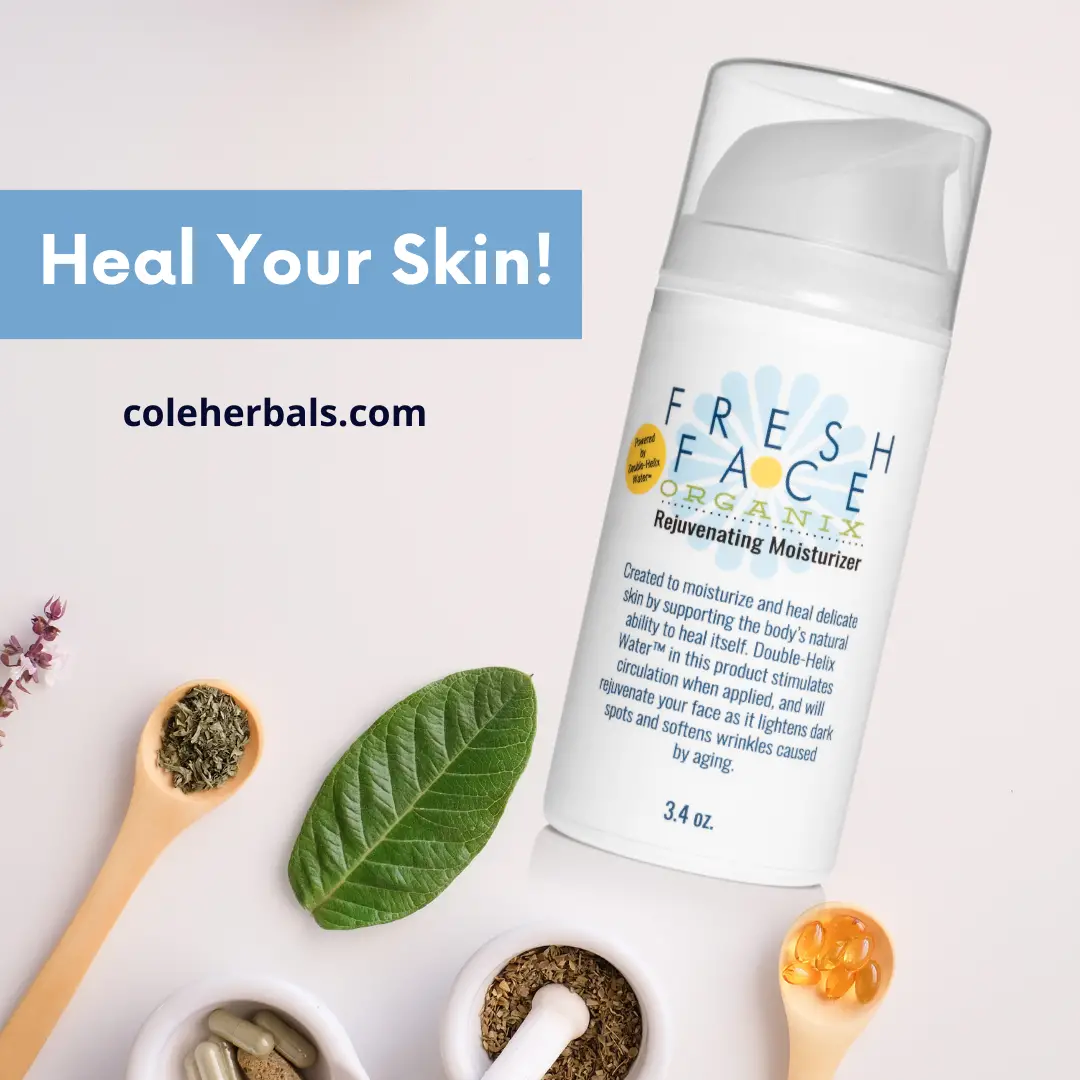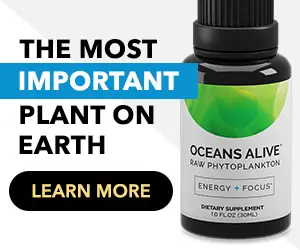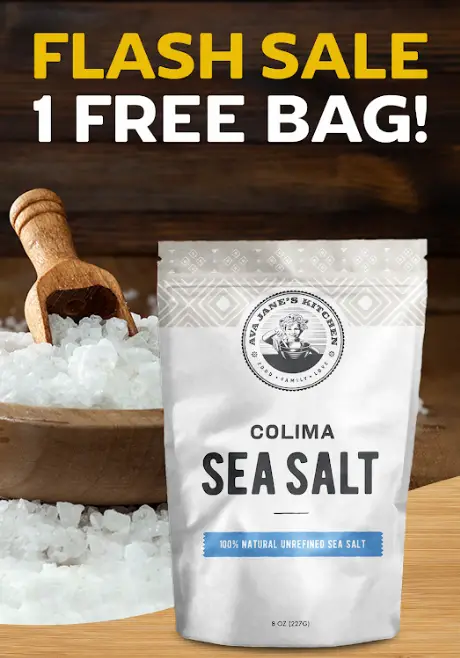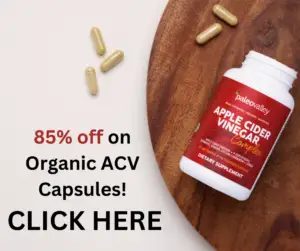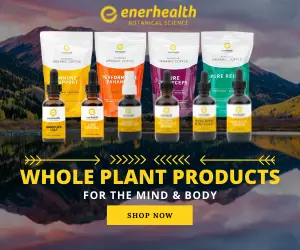In recent years, many videos have popped up online showing strange coating coming off produce such as apples, with everyone questioning: what is it?
While it would be impossible to know what covers specific samples without testing them, there are many coatings that can be found on fruits and vegetables, some are natural, some are man-made and potentially harmful to human health. The man-made coatings are unfortunately becoming more popular, so chances are, if you have never bought a coated vegetable or fruit (even organic!) you might soon.
Recently, one woman compared both organic and non-organic apples to see what types of coating may have been applied.
Check out the results of her little experiment below:
As you can see from the video, both apples seem to have some sort of film coating them that does not appear to be natural.
The man in the video is clearly rooting for the woman, perhaps his significant other, to buy non-organic produce from now on, while the woman seems as if she has made up her mind to stick with organic no matter what.
It should be noted that while organic apples do contain some curious and potentially not so healthy ingredients in these “films” they are coated with, many conventional, non-organic apples from the U.S. are banned in Europe due to at least one worrisome form of pesticide that is applied.
So, why does these and other organic apples have a sticky, filmy coating on them, and is it really necessary and/or healthy?
Here are three potential answers to the “coating” videos that have gone viral on the Internet, from innocent to concerning:
1. Some fruits do produce natural wax coating
Plums and apples are just two examples of fruits that produce their own wax coating to protect themselves. These waxes are composed from about 50 natural components from a least half a dozen chemical groups. The natural waxes are water-repellent, but can be dissolved by solvents (natural waxes are usually removed by the washing process during packaging).
However, this natural wax should not produce a shine to it, like man-made waxes have. So if you see a really shiny apple at a store, it is probably coated with wax after harvesting.
2. Many fruits and vegetables, even organic ones, are coated with wax before being sold
Commercial waxes are used on many varieties of produce including but not limited to: apples, avocados, bell peppers, cantaloupes, cucumbers, eggplants, grapefruits, lemons, limes, melons, oranges, parsnips, passion fruit, peaches, pineapples, pumpkins, rutabagas, squash, sweet potatoes, tomatoes, turnips and yucca.
See the waxing process in an apple packing plant starting around 1:00 min:
https://www.youtube.com/watch?v=mJXP4da1XVw
Commercial wax is applied for two reasons. The first reason is that many consumers have a false belief that the shinier the fruit looks, the healthier it is, so the companies apply the wax to make their produce look more attractive to the consumer.
The second reason is that it helps keep the produce from spoiling longer. The wax prevents the produce from losing moisture, which keeps it fresh and firm. The question then becomes, are these waxes safe, and if not, does longer shelf life justify using these coatings? Especially since besides wax, some produce is also coated with colorings and fungicides, while other waxes may contain GMOs, and potentially gluten. They also may not be vegan, although most vegans don’t realize it.
Commercial waxes can be made from plants, including soy and corn, petroleum products, insects, dairy and animal products. Waxes may have added ingredients in them such as morpholine oleate, and ethanol. Waxes are produced by companies such as: Decco Luster, Frutox, Nipro Fresh, Semper-fresh, Tal-Prolong and Waxol.
One of the most commonly used wax is carnauba wax. Although derived from the leaves of the Carnauba palm, calling it “natural” is incorrect, as after the manufacturing process it is patented and comes with its own name and warning. For example, a carnauba-based coating called Sweet Potato Lustr from Decco is used on apples, citrus and pears, and it comes with the same cautions as man-made chemicals: “avoid contact with skin, eyes, and clothing” and “may be harmful if inhaled.”
Another common coating is shellac. Shellac is made from a resin discharged by a female Lac bug combined with ethanol, believe it or not. Both carnauba and shellac are also used in makeup and other non-food products.
The wax, no matter what it is made of, is not easily digestible to say the least.
Washing the produce with water will not remove the waxes. If you do not want to ingest wax, you can either peel the produce, or wash it with vinegar, grapefruit seed extract or a natural vegetable washing liquid.
3. The Newest and Most Concerning Coatings: “Edible Films”
What is less known, is that besides the waxes, the FDA has been approving a row of new products called edible food films, used as a part of modified atmosphere packaging (MAP).
The first time such a film was used was in 1995, when McDonald’s applied it to lettuce.
“Edible biodegradable coatings are yet another variant of the smart film technology, where a film is used as a coating and applied directly on the food…[In] the last 30 years, edible films and coatings made from a variety of compounds have been reported,” according to this FDA report.
Edible films have been used on: pears, apples, citrus fruits, cucumbers, green peppers, squash, peaches, plums, eggplant, tomatoes, pomegranate, tomatoes, and many other produce (especially sliced vegetables and fruits), and nuts. They are produced by companies such as Courtaulds Group, American Machinery Corp., Pace Intl. Shield-Brite, and others — more than 1,000 companies total.
What are these films made of? — lipids, resins, polysaccharides, plasticizers and proteins.
Many of the ingredients have not been studied thoroughly for health impact. We do know about a few of them, however — and it’s not good.
One of the plasticizers used is polyethylene glycol, for example and it has been linked to renal problems. Morpholine is a carcinogen, and has been banned in Europe for use in food coatings, but is used in the U.S. and Canada.
In addition, N(6)-Carboxymethyllysine (CML) has been linked to incidents of stroke, Alzheimer’s, and cardiovascular disease.
Edible films may also contain corn, gluten, GMOs and animal products. While the amounts of such products are relatively small, the cumulative effects of continually ingesting them is a considerable problem that hasn’t been studied extensively.
Though waxes and edible films are labeled as GRAS (“generally recognized as safe) by the FDA, let’s not forget that once upon a time so were food dyes and other now banned or soon-to-be-banned additives and chemicals.
For multiple reasons, be that avoiding chemicals, gluten, GMOs, undeclared sources of animal products, or simply refusing to inject a strange cocktail of additives, it is best to buy fruits and vegetables directly from small, organic (or certified naturally grown) family farmers in your area, and to wish them thoroughly.
Organic produce can have carnauba wax and/or shellac coatings but not synthetic coatings like “conventional” produce. It also could be coated with “natural” pesticides depending on where you got it from, once again highlighting the importance of washing your produce before you consume.
At the end of the day, use your best judgment, and if something seems off about a particular produce item, you may want to leave it on the shelf in favor of something that appears more natural and less polluted with additives instead.
Thanks for installing the Bottom of every post plugin by Corey Salzano. Contact me if you need custom WordPress plugins or website design.


